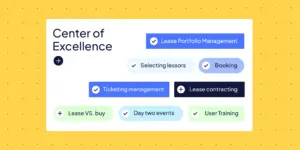
What leasing processes are best managed by a Center of Excellence (CoE)?
Bruce Conway | Senior Advisor – Solution Engineering @ Nakisa In the first blog in
Line of Business: Finance Suite
This comprehensive buyer’s guide will assist you in finding the ideal commercial real estate management (CRE) software for your business. By following this guide, you will learn how to accurately define your solution needs, identify must-have software features, compare existing real estate management software, and explore industry trends.
Why trust this guide? Nakisa, a trusted name in the Commercial Real Estate industry, brings unparalleled expertise to this guide. With extensive industry experience and understanding of RE professionals’ pain points, we are uniquely positioned to assist you in selecting the optimal solution tailored to your unique needs.
As a bonus, we have included our tried and tested vendor selection scorecard in this guide. This invaluable resource goes beyond mere recommendations—it presents a set of evaluation criteria used by some of the Fortune 500 companies accompanied by weighted scoring, enabling you to distinguish between merely desirable features and essential for your business.
Armed with this guide and scorecard, you can make informed purchasing decisions that will drive your real estate business management forward. So, let’s find the solution to propel your real estate management to new heights!
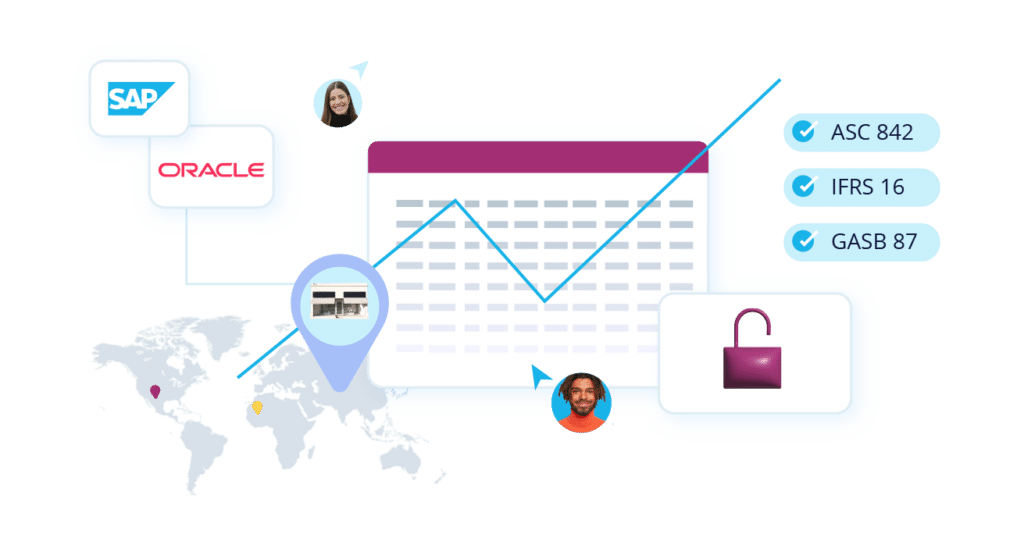
In Step 1 of this guide, we will define your software needs precisely. Understanding your specific needs and requirements is crucial when selecting the right software solution for your real estate business. This process lays the groundwork upon which you will base your purchasing decision.
Below are 3 main criteria to consider when articulating your business requirements. Each criterion is accompanied by a set of self-reflective questions to help you better understand your needs and pain points.
To begin, we strongly advise conducting a comprehensive evaluation of your pain points, challenges, and growth aspirations. Doing so will give you a deep understanding of your organization’s unique requirements. Let’s start by asking yourself the following questions.
After addressing your pain points and organizational requirements, it is essential to consider your organization’s security and growth aspirations. It is vital to guarantee that your chosen solution can accommodate your current and future security and scalability requirements. Ask yourself the following questions:
Once you have assessed your pain points and growth projections, it’s time to think about critical topics such as key stakeholders involved, project timeline and budget. Ask yourself the following questions:
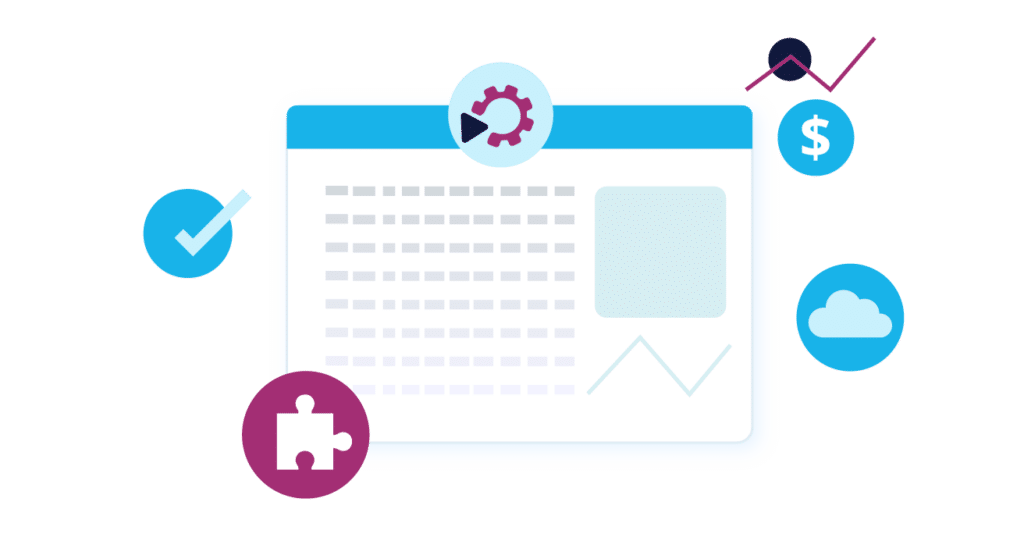
Now that you understand your pain points and growth requirements, the next step is to select the right solution for your enterprise. This task can be particularly challenging when aiming to satisfy the expectations of multiple stakeholders, including executives, Real Estate, Business Development, Finance, and IT teams.
At Nakisa, we have your back. We have worked with many large enterprises with 500+ lease contracts to implement real estate management solutions. As a result, we have developed a tried and tested weighted vendor scorecard to help you identify key features such as security deposit handling, sales forecasting, invoice and deadline management and the centralization of lease contract details.
Besides these mentioned features, below are five software features from our scorecard that we at Nakisa consider most noteworthy. These features will serve as valuable guidelines to help you choose the most suitable solution for your organization.
An effective solution should be able to automate and enhance your lease management workflow. It should support functionalities such as mass contract uploads and contract amendments such as lease terminations, expirations, and renewals. While also allowing you to automate rent calculations and payment generation (i.e., rent roll, percentage-based rent, batch payments and CPI rent calculations).
When applications work independently, they can create chaos. In order to get the most value from your SaaS applications, seamless integration and interoperability are key. As a result, to ensure data consistency, we recommend that your software have a bidirectional integration with robust ERPs such as SAP and Oracle.
In today’s highly regulated global environment, having a solution compliant with several accounting standards is critical. With this functionality, your lease management journey will become smooth. We recommend ensuring your software can support all the following fundamental accounting standards ASC 842, IFRS 16, GASB 87 and AASB 16.
To ensure you stay ahead of the curve, we recommend your solution be built on the cloud native computing foundation. Cloud-native solutions are architected as collections of independent, loosely coupled microservices. They are built in a way that enables them to take better advantage of cloud computing models to increase software speed, flexibility, security, and quality while reducing deployment risks.
These five essential features are indispensable for a comprehensive real estate management software. We encourage you to download our vendor scorecard to gain a more granular understanding of all the features we recommend.
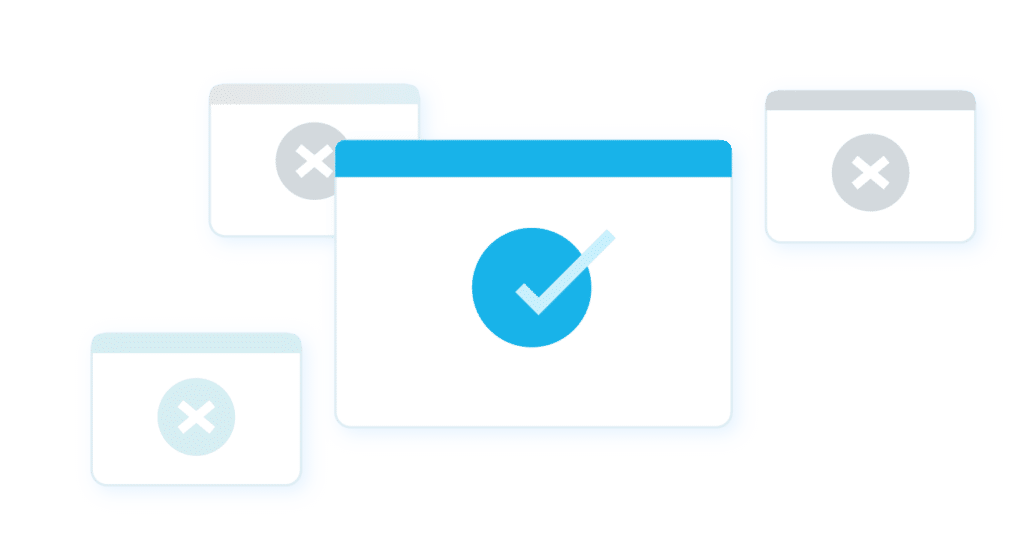
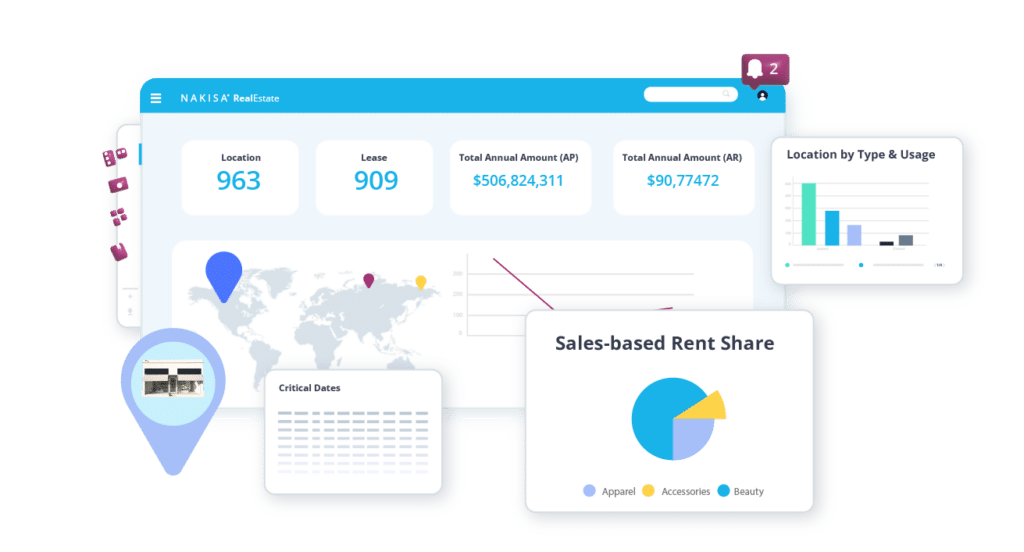

Bruce Conway | Senior Advisor – Solution Engineering @ Nakisa In the first blog in

Read our comprehensive guide on HR data quality: its dimensions, importance, and 5 steps to
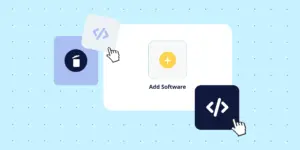
This article will explore eight strategic questions you should consider before moving to a new
Use Nakisa Inc.’s 2023 vendor selection scorecard to evaluate vendors and share a comprehensive scoring with your peers.